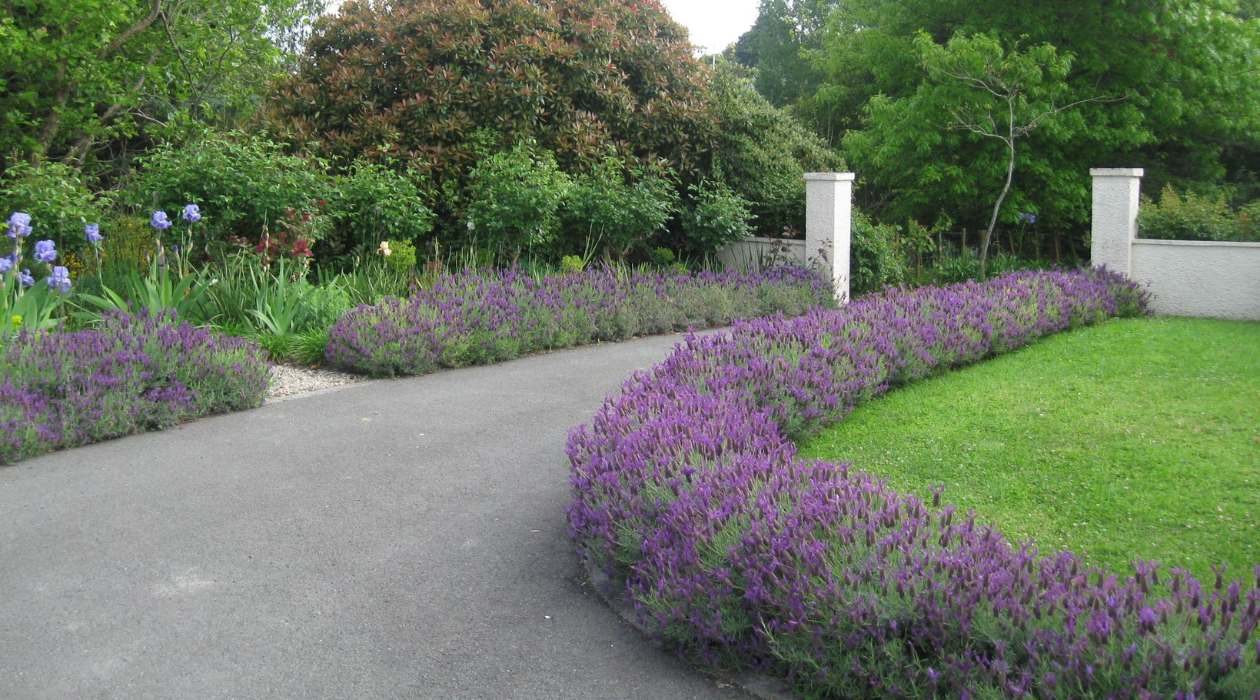

Articles
What To Plant Next To Driveway
Modified: May 6, 2024
Discover the best articles for planting next to your driveway. Learn about the ideal plants and landscaping ideas to enhance your curb appeal and create a stunning entrance.
(Many of the links in this article redirect to a specific reviewed product. Your purchase of these products through affiliate links helps to generate commission for Storables.com, at no extra cost. Learn more)
Introduction:
Planting next to a driveway is a great way to enhance the visual appeal of your property while also providing a welcoming entrance. However, it’s crucial to choose the right plants that can withstand the conditions near a driveway and remain visually appealing throughout the year.
When selecting plants for this area, it’s important to consider factors such as exposure to sunlight, proximity to vehicle exhaust, soil type, and potential damage from foot or vehicle traffic. By understanding these factors and choosing the appropriate plants, you can create a beautiful and resilient border that adds charm to your driveway.
In this article, we will discuss the factors to consider before planting near a driveway, suggest the best plants for this purpose, provide planting tips for a driveway border, and offer maintenance and care advice to ensure the longevity of your plants. Let’s dive in!
Key Takeaways:
- Enhance your driveway with resilient plants that thrive in challenging conditions, adding beauty and functionality while withstanding sunlight, vehicle exhaust, and traffic impact.
- Create a visually appealing and vibrant driveway border by selecting a variety of groundcovers, grasses, perennials, shrubs, and native plants, ensuring year-round color and visual interest.
Factors to Consider Before Planting Near a Driveway:
Before you start planting near a driveway, there are several important factors to consider to ensure the success of your garden and the wellbeing of your plants. These factors include:
- Exposure to Sunlight: Take note of how much sunlight the area receives throughout the day. Some plants thrive in full sun, while others prefer partial shade. Understanding the sunlight patterns will help you choose plants that will flourish in your driveway border.
- Proximity to Vehicle Exhaust: Driveways can be high-traffic areas, and exhaust fumes from vehicles can have a negative impact on plants. Consider the distance between your chosen plants and the driveway to minimize their exposure to harmful pollutants.
- Soil Type: The type of soil in your driveway border will determine the overall health and growth of your plants. Assess the soil’s drainage, pH levels, and nutrient content to select plants that are well-suited to those conditions.
- Foot and Vehicle Traffic: Determine the level of foot and vehicle traffic near your driveway. If there will be frequent pedestrian or car movement, opt for robust plants that can withstand accidental trampling or occasional contact with vehicles.
- Growth and Size: Understand the growth habits and size of the plants you choose. Avoid planting large, overhanging trees or shrubs that may obstruct the driveway or cause damage to vehicles. Select plants that won’t impede visibility or pose a risk to drivers.
- Local Climate: Consider the local climate and weather patterns in your area. Choose plants that are well-adapted to the specific climate conditions, such as heat-tolerant plants for warm regions or cold-hardy varieties for frost-prone areas.
By carefully considering these factors, you’ll be able to make informed decisions when selecting plants for your driveway border. This will not only ensure that your plants thrive but also contribute to the overall aesthetics of your property.
Best Plants for Planting Next to a Driveway:
When it comes to selecting plants for your driveway border, there are several options that can thrive in this challenging environment while adding beauty and functionality to your landscape. Here are some of the best plants to consider:
- Groundcover Plants: Groundcover plants are ideal for filling empty spaces and suppressing weeds. Some suitable options for driveway borders include creeping thyme, sedum, and creeping phlox. These low-growing plants can withstand foot traffic and add a colorful carpet-like effect to your landscape.
- Grasses: Ornamental grasses are a great choice for driveways due to their tolerance for heat, drought, and wind. They also add movement and texture to the landscape. Consider planting varieties such as fountain grass, switchgrass, or blue fescue to create a wispy and visually appealing border.
- Perennials: Perennial flowers are a popular choice for driveway borders due to their ability to come back year after year. Choose plants like lavender, daylilies, coneflowers, or black-eyed Susans. These plants offer a range of colors and heights, creating a vibrant and dynamic border.
- Shrubs: Shrubs can provide structure and privacy to your driveway border. Opt for compact and low-maintenance shrubs like dwarf boxwood, potentilla, or spirea. These plants offer attractive foliage and beautiful blooms without overgrowing and encroaching on the driveway space.
- Native Plants: Consider incorporating native plants into your driveway border. They are well-adapted to the local climate, require less water, and attract local wildlife. Native plants also contribute to the overall biodiversity of your area. Look for native options such as yarrow, purple coneflower, or butterfly weed.
Remember to choose a mix of plants with different blooming seasons to ensure year-round color and visual interest. Combine various textures, heights, and foliage colors to create a visually appealing and harmonious border along your driveway.
Plant low-maintenance, drought-tolerant options like lavender, ornamental grasses, or creeping thyme next to your driveway. These plants can withstand the heat and occasional car exhaust.
Planting Tips for a Driveway Border:
Planting a driveway border requires careful planning and execution to ensure the long-term success of your plants. Here are some essential tips to follow when establishing your driveway border:
- Prepare the Soil: Before planting, prepare the soil by removing any weeds, rocks, or debris. Loosen the soil and amend it with organic matter such as compost or well-rotted manure to improve drainage and fertility.
- Consider Edging: Installing an edging material along the border of your driveway helps define the planting area and prevents grass or weeds from encroaching on your plants. Options include metal, plastic, or stone edging that complements the style of your landscape.
- Mind the Spacing: Pay attention to the recommended spacing guidelines for each plant. Proper spacing ensures that the plants have enough room to grow without overcrowding each other. It also helps prevent competition for resources and promotes good air circulation.
- Watering: Water your plants thoroughly after planting to help them establish their root system. Use a slow, deep watering method to ensure the water reaches the plant’s roots. Afterward, consistently monitor the moisture levels and water your plants as needed, especially during dry periods.
- Mulching: Apply a layer of organic mulch around the plants to help suppress weeds, retain moisture, and regulate soil temperature. Leave a small gap around the plant stems to prevent moisture-related issues like rot or fungus.
- Monitor for Pests and Diseases: Regularly inspect your driveway border for signs of pests or diseases. Early detection allows for prompt intervention, reducing the risk of serious damage to your plants. Take appropriate measures, such as using organic pest control methods or contacting a professional if needed.
- Pruning and Maintenance: Prune your plants as needed to remove dead or damaged foliage, promote healthy growth, and maintain the desired shape and size. Regular maintenance tasks like weeding, fertilizing, and monitoring plant health are essential for the long-term success of your driveway border.
Remember to follow the specific care instructions for each plant selection, as different species may have unique requirements. By implementing these planting tips and providing proper care, you can create a stunning and flourishing driveway border that enhances the overall appeal of your property.
Maintenance and Care for Plants Next to a Driveway:
Maintaining and caring for plants next to a driveway is crucial to ensure their health and longevity. Here are some maintenance tips and care practices to keep in mind:
- Regular Watering: Monitor the moisture levels and water your plants as needed. The amount of water required depends on the plant species and the prevailing weather conditions. Water deeply and less frequently to encourage deep root growth.
- Weeding: Regularly weed your driveway border to prevent competing plants from stealing nutrients and water from your desired plants. Remove weeds by hand or use organic weed control methods to minimize the use of herbicides.
- Pruning: Prune your plants to maintain their shape, remove dead or diseased branches, and promote healthy growth. Pruning also encourages air circulation, which reduces the risk of fungal diseases. Follow the specific pruning requirements for each plant and avoid excessive pruning that can harm the plant.
- Fertilizing: Depending on the plants you have chosen, periodic fertilization may be necessary to provide essential nutrients. Use a slow-release, balanced fertilizer according to the manufacturer’s instructions. Be cautious not to over-fertilize, as it may lead to excessive growth or nutrient imbalances.
- Protect from Vehicle Damage: Place barriers or bollards near your plants to protect them from accidental vehicle damage. Consider using low-profile reflective markers or decorative rocks to alert drivers and deter them from driving over the plants.
- Monitor for Pests and Diseases: Regularly inspect your plants for signs of pests or diseases. Common pests that can affect driveway border plants include aphids, snails, and spider mites. Identify the issue and take appropriate action, such as using organic insecticides or natural pest control methods, to prevent further damage.
- Seasonal Care: Different seasons require different care practices. In the colder months, protect sensitive plants from frost by covering them with burlap or bringing them indoors. In hot weather, provide shade and ample moisture to prevent wilting and stress.
Additionally, staying knowledgeable about the specific needs of the plants in your driveway border will help you provide proper care and respond to any potential issues promptly. Regular monitoring, attention to detail, and proactive care will contribute to the overall health and appearance of your plants.
Read more: How To Save Seeds For Planting Next Season
Conclusion:
Planting next to a driveway can transform a utilitarian space into a visually appealing and inviting entrance. However, it’s important to consider various factors such as sunlight exposure, proximity to vehicle exhaust, soil type, and potential damage from traffic before choosing the right plants for your driveway border.
By taking these factors into account and selecting suitable plants, such as groundcovers, grasses, perennials, shrubs, and native species, you can create a vibrant and resilient border that enhances the aesthetics of your driveway. Ensure proper spacing, prepare the soil, and provide adequate water, mulching, and regular maintenance to keep your plants healthy and flourishing.
Remember to monitor for pests and diseases, prune as needed, and protect your plants from vehicle damage. Adapting to the changing seasons and providing appropriate care throughout the year will contribute to the long-term success of your driveway border.
The beauty of planting near a driveway lies not only in the visual appeal it adds to your property but also in the sense of pride and joy it brings as you nurture and care for your plants. So go ahead, get creative, and create a stunning driveway border that becomes a focal point of your landscape.
With proper planning, thoughtful plant selection, and ongoing maintenance, your driveway can become a breathtaking entrance that welcomes you home with a burst of natural beauty.
Excited about sprucing up your outdoor space? Dive into our latest pieces on creative barriers with "landscaping ideas that redefine garden boundaries" or add a touch of personality to your front yard with "mailbox landscaping designs." Both articles are packed with unique ideas that not only boost curb appeal but also transform your surroundings into captivating spaces. Whether you're fencing in a lush garden or designing around your mailbox, these insights will certainly inspire and guide your next outdoor project.
Frequently Asked Questions about What To Plant Next To Driveway
Was this page helpful?
At Storables.com, we guarantee accurate and reliable information. Our content, validated by Expert Board Contributors, is crafted following stringent Editorial Policies. We're committed to providing you with well-researched, expert-backed insights for all your informational needs.


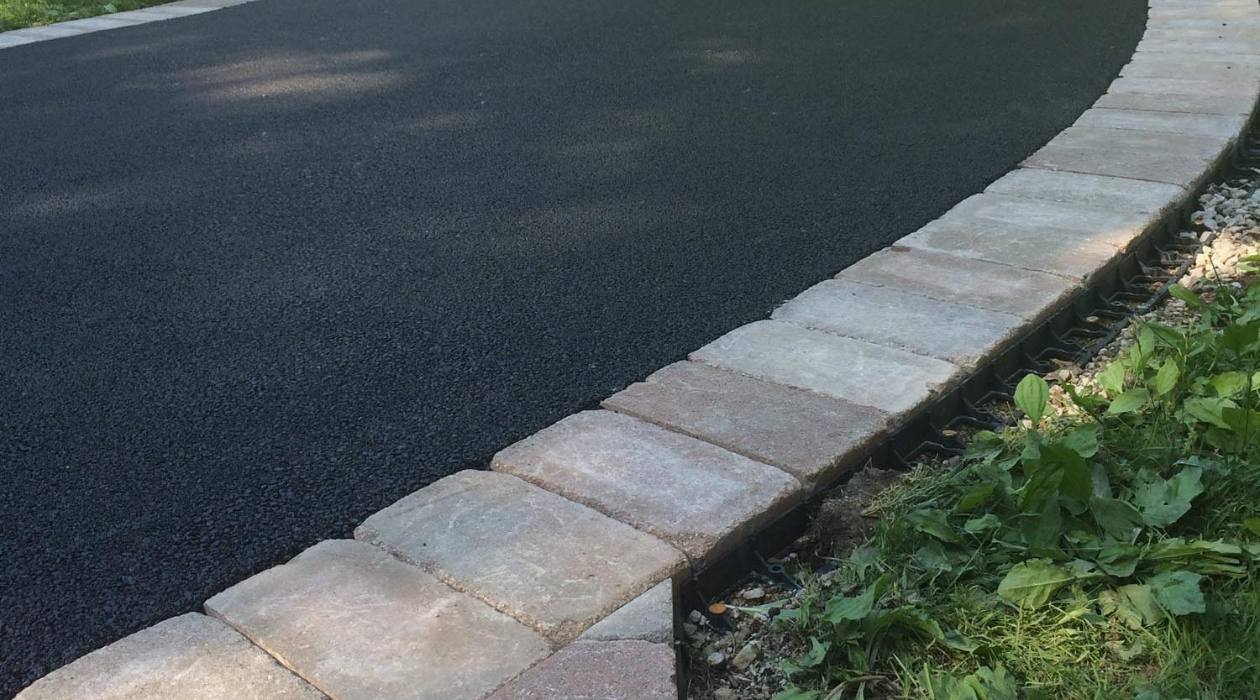


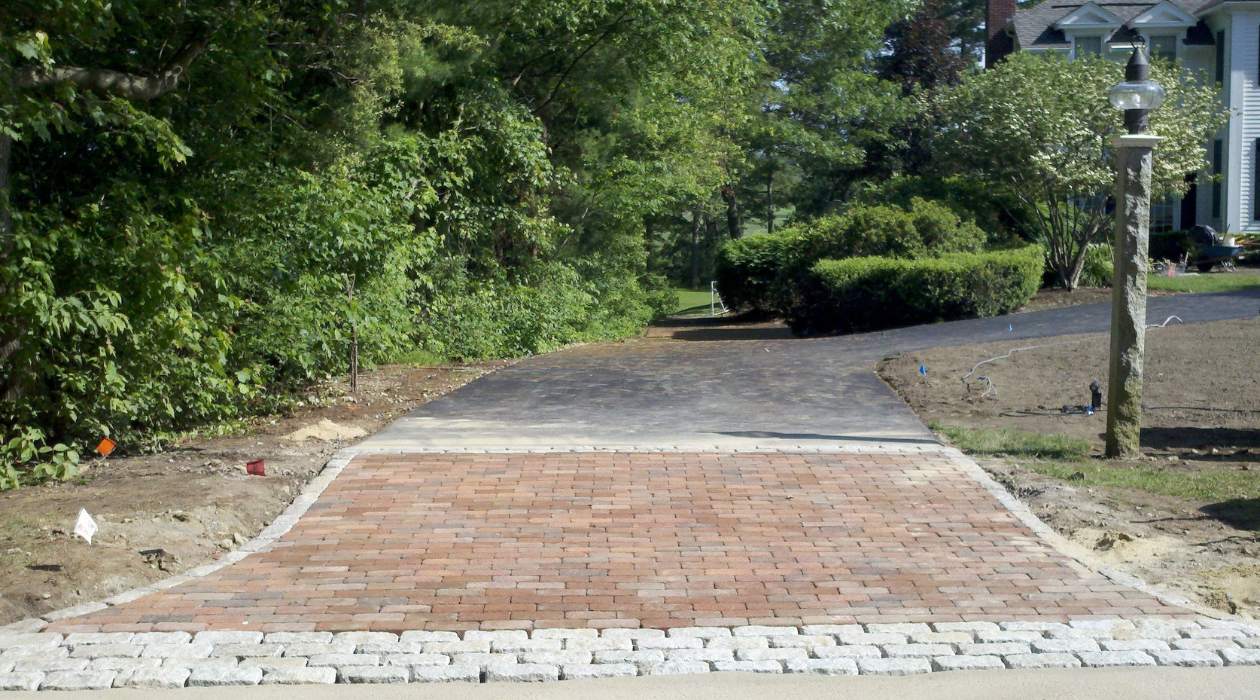

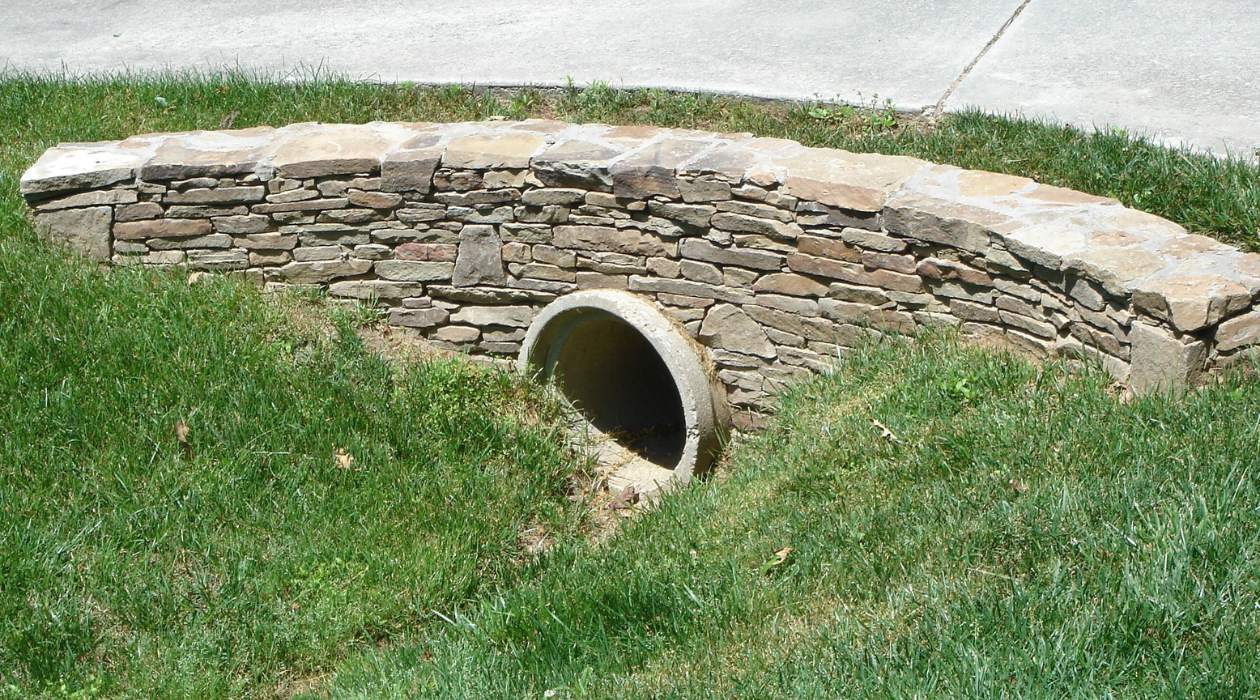
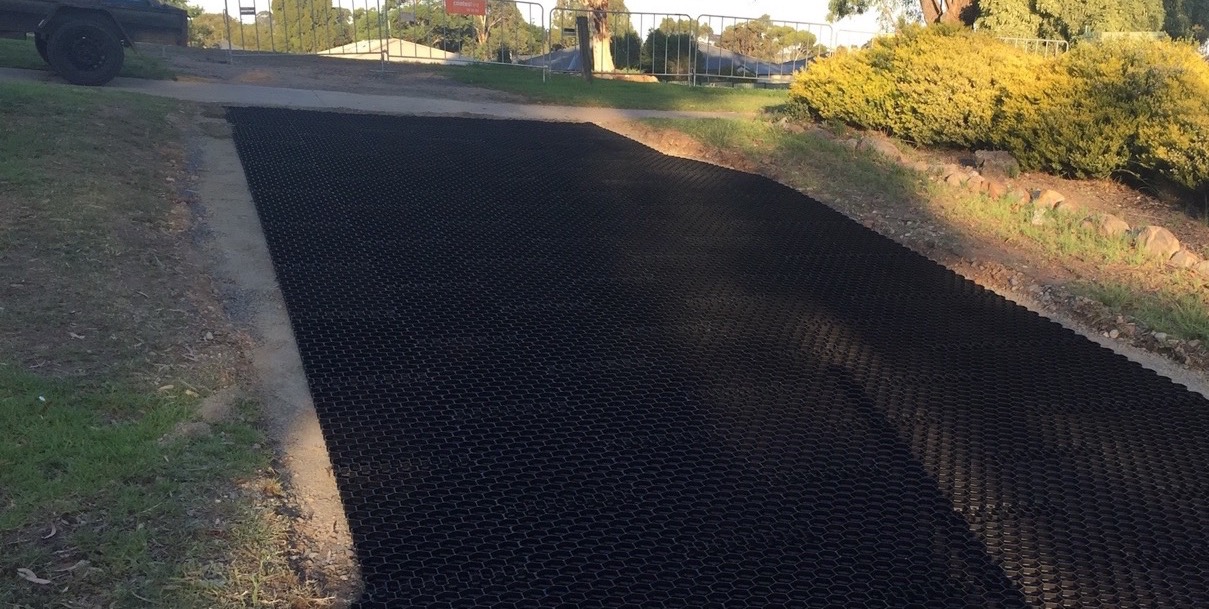
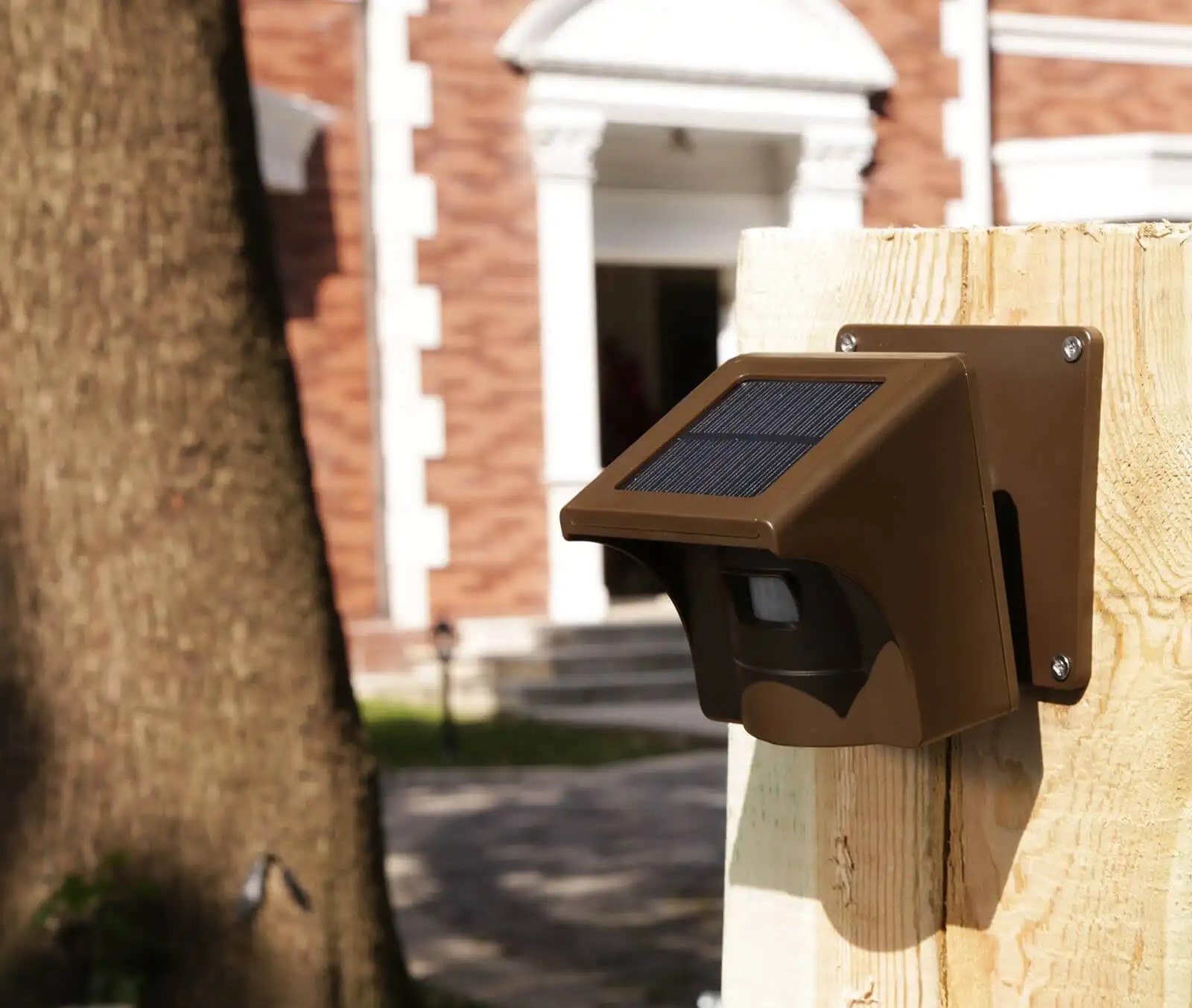


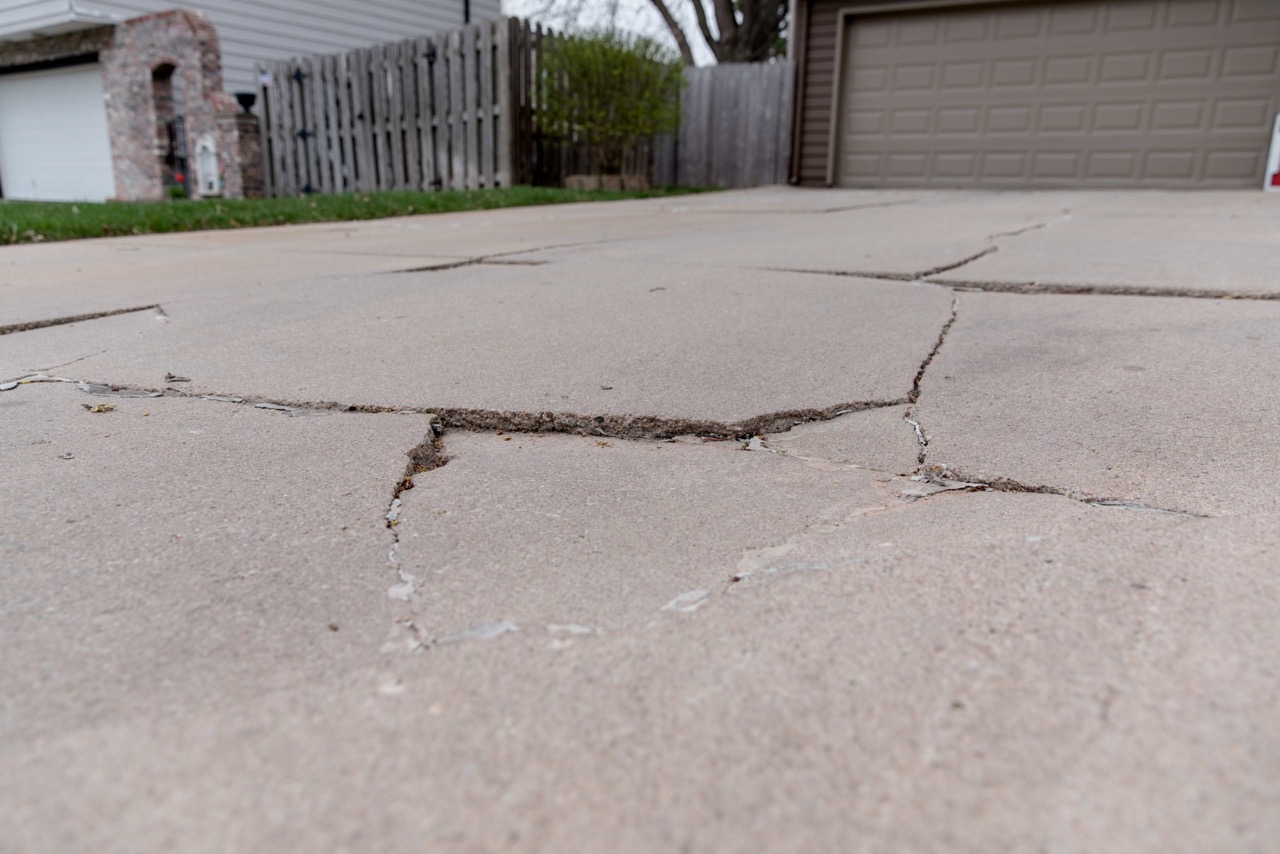
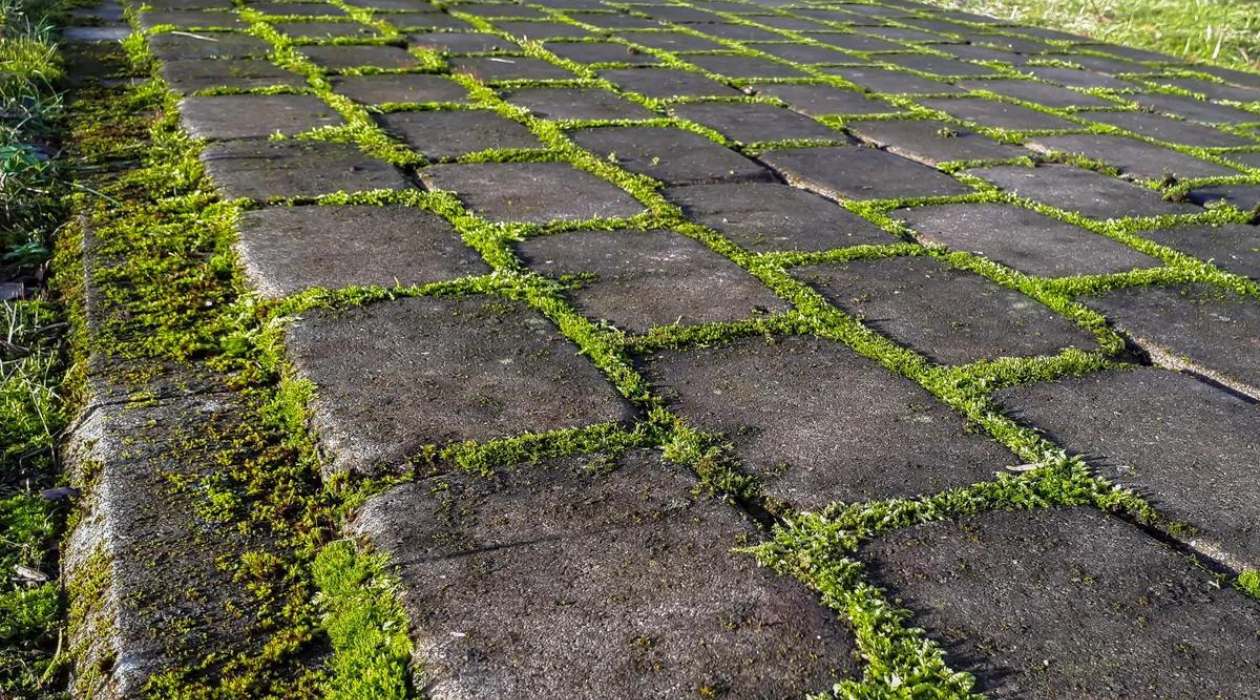

0 thoughts on “What To Plant Next To Driveway”